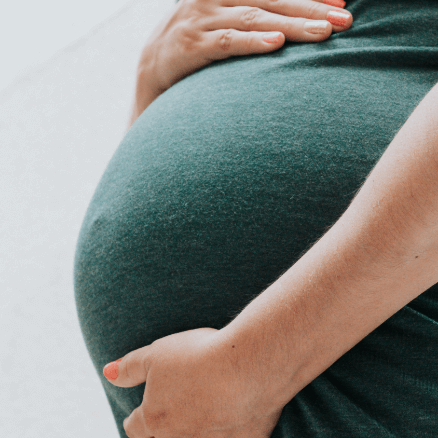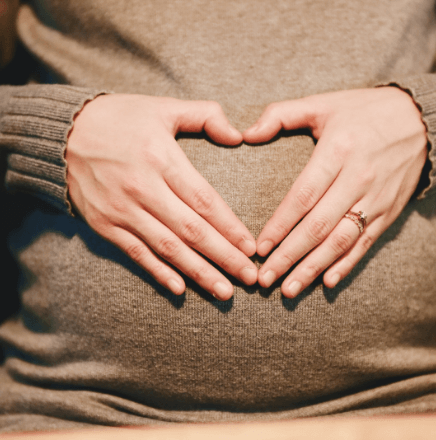The Mooc Quali-Dec is a project of free online courses and incentives dedicated to health professionals (doctors, midwives …), managers of health services and institutions.







Nuestros formadores
Cómo funciona

You have a MOOC PLATFORM, with videos accessible at any time, around 6 thematic modules.

We offer you an evaluation of your knowledge after each module, in the form of a quick and fun quiz.

We offer support and follow-up to enable you to enhance your training by obtaining a certification.







About Quali-Dec
Quali-Dec is an implementation research project to improve a decision making of mode of birth. It provides pregnant women and health professionals with adapted tools to help them make an informed choice.
International in scope, it is composed of a consortium of 9 countries and an intervention area covering 4 target countries: Argentina, Burkina Faso, Thailand, Vietnam. It is financed by the European Commission (EC) and the World Health Organization (WHO).
The Quali-Dec Mooc
The Quali-Dec Mooc is based on short videos by international experts and testimonials from women and healthcare professionals.
Testimonials






Frequent Questions
¿Es un parto vaginal más riesgoso que una cesárea para la madre y el bebé?
¿Por qué reducir las cesáreas sin justificación médica?
¿Por qué formar a los profesionales de la salud en la toma de decisiones compartida sobre el modo de nacimiento?
¿Tendrá esta formación alguna repercusión en mi práctica?
Discover our partners


This project was co-funded by the European Union’s Horizon 2020 research and innovation program under grant agreement no. 847567. The authors are solely responsible for the content of this project. It does not necessarily reflect the opinion of the European Union. The European Commission is not responsible for any use that may be made of the information contained on this website.


The project was co-funded by the European Union’s Horizon 2020 research and innovation program under grant agreement no. 847567. The authors are solely responsible for the content of this project. It does not necessarily reflect the opinion of the European Union. The European Commission is not responsible for any use that may be made of the information contained on this website.